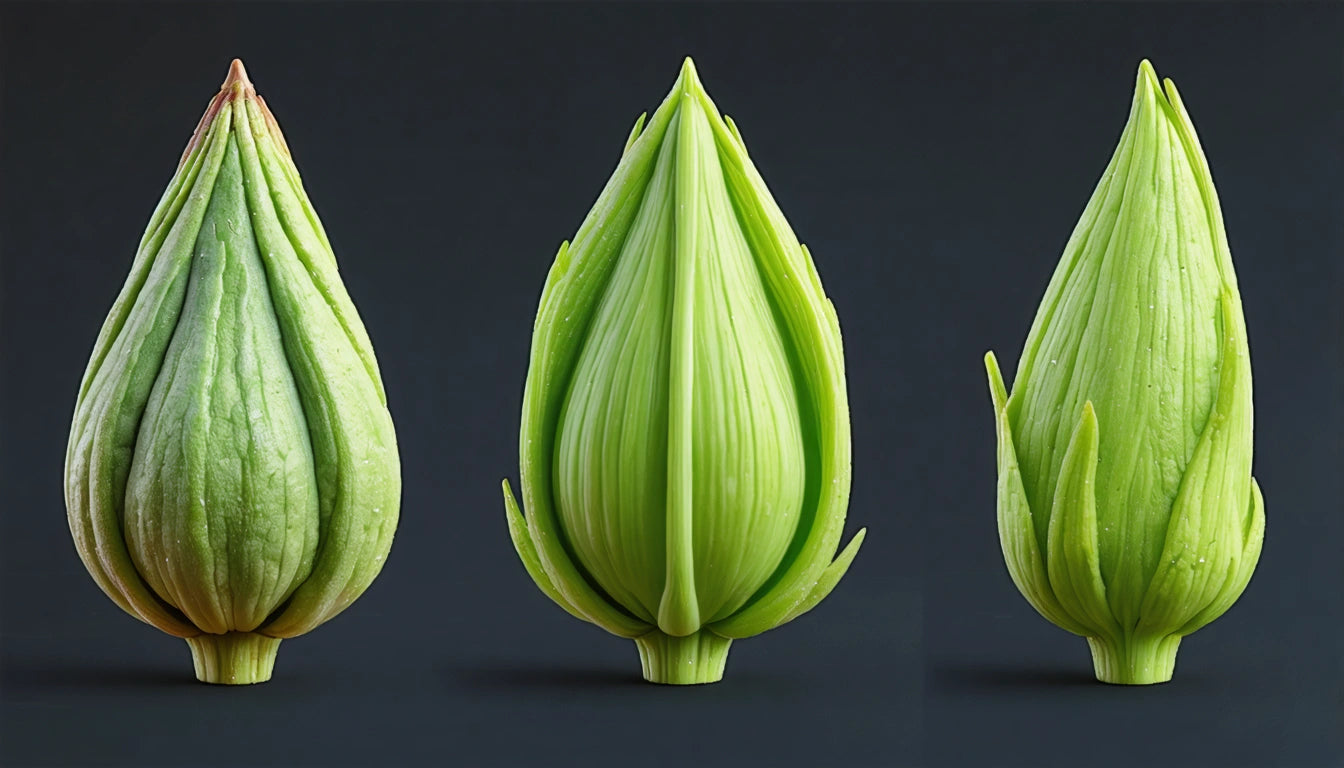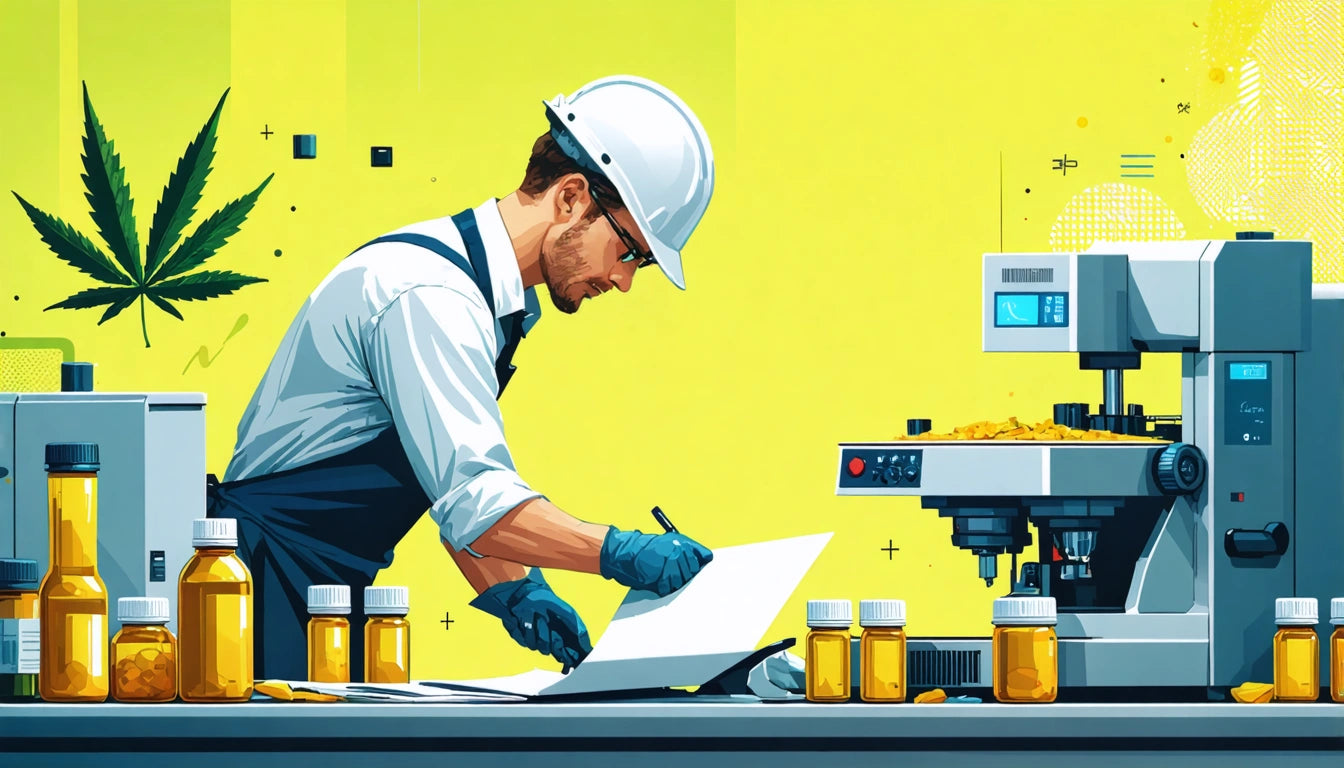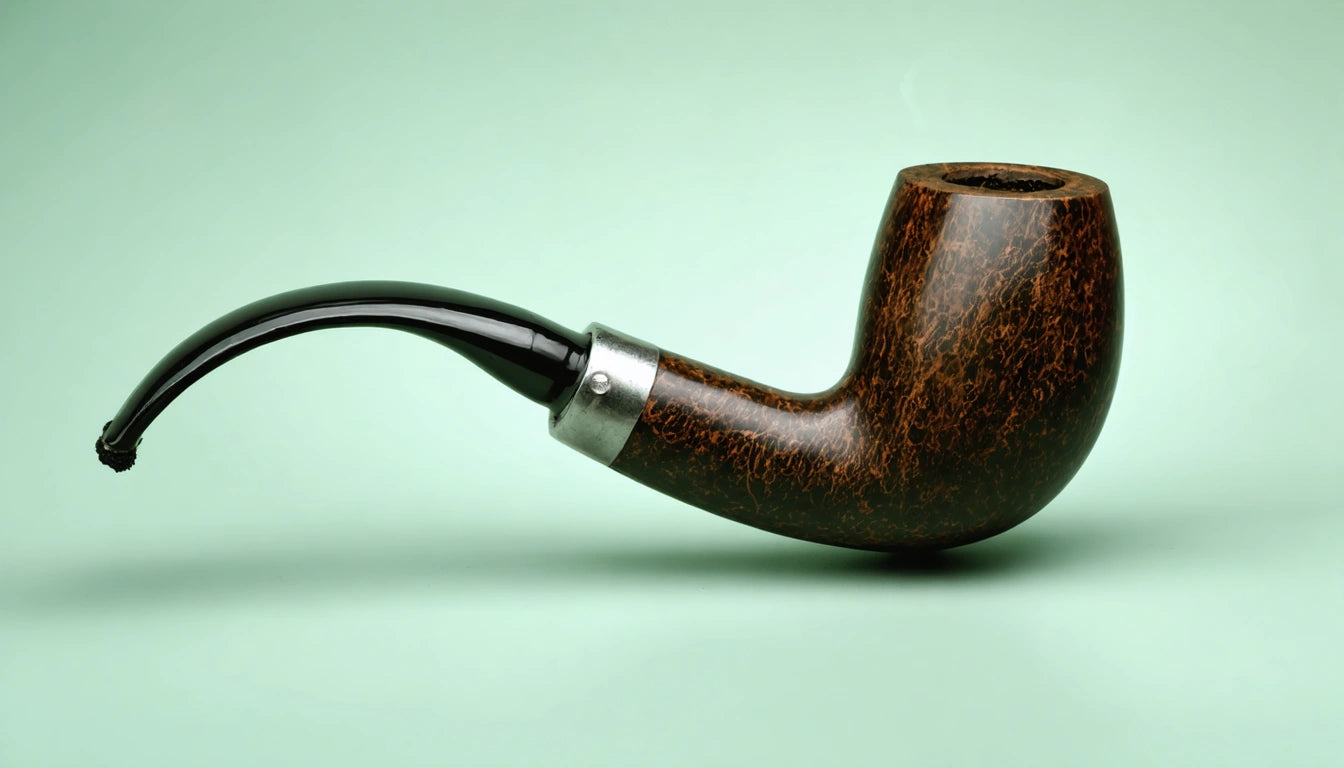Table of Contents
Understanding Buds: Formation, Appearance, and Potency
Cannabis buds are the prized flowering parts of the cannabis plant that contain the highest concentration of cannabinoids and terpenes. Understanding what buds are, how they form, and what affects their potency is essential knowledge for both consumers and cultivators. This guide explores the journey of bud development, appearance variations, and factors affecting potency.
The Bud Formation Process: From Seedling to Flower
Cannabis buds don't appear overnight. The journey from seed to mature bud involves several distinct phases of growth. During the vegetative stage, the plant focuses on developing stems, branches, and leaves. When light cycles change (either naturally or artificially in cultivation settings), the plant enters the flowering stage.
What do buds look like when they start to form? Initially, small white hairs called pistils emerge at the nodes where branches meet the main stem. These pistils are the first visual indicator that buds are beginning to develop. At this early stage, buds appear as small, wispy clusters of these white hairs with minimal structure.
As the flowering process continues, these small formations gradually develop into more substantial structures. The pistils become more numerous, and the bud sites begin to swell as they produce resin. This transformation typically takes 6-8 weeks, depending on the strain.
Identifying Cannabis Buds: What Do Buds Look Like?
Mature cannabis buds have distinctive characteristics that help identify them:
- Dense, compact structure (though some sativa strains produce airier buds)
- Coating of crystal-like trichomes that give buds their frosty appearance
- Colorful pistils (often orange, red, or brown when mature)
- Green coloration (though some strains may display purple, blue, or even red hues)
- Strong aroma (varying based on terpene profile)
The question "what are buds?" is best answered by understanding them as the flowering reproductive organs of female cannabis plants. These structures are designed to catch pollen from male plants, though in seedless (sinsemilla) cultivation, the unfertilized female flowers are harvested for their higher cannabinoid content.
Proper storage of harvested buds is crucial for maintaining potency and flavor. Our specialized storage containers with child-resistant lids help preserve trichomes while ensuring safety and compliance with regulations.
Small vs Large Buds: Understanding Potency Differences
A common question among consumers is "are small buds less potent?" The answer isn't straightforward. Bud size alone doesn't determine potency. Small buds from the same plant contain the same genetic potential for cannabinoid production as larger buds. However, several factors influence the actual potency:
- Position on the plant (top colas typically receive more light and develop more trichomes)
- Growing conditions (light intensity, nutrients, stress factors)
- Harvest timing (peak ripeness maximizes potency regardless of size)
What are small buds worth? Often called "popcorn buds" in the industry, smaller buds are frequently sold at lower prices despite potentially having similar potency. This creates value opportunities for informed consumers. As detailed in this guide to choosing quality flowers, appearance is just one factor to consider when evaluating cannabis.
Bud Variety: Do All Buds Look the Same?
Do all buds look the same? Absolutely not. Cannabis buds vary dramatically in appearance based on:
- Genetics: Indica-dominant strains typically produce dense, compact buds while sativa-dominant varieties often develop more elongated, fluffy structures
- Growing environment: Indoor vs. outdoor cultivation creates different bud structures
- Cultivation techniques: Training methods, lighting, and nutrients all influence bud formation
- Phenotypic expression: Even plants of the same strain can produce buds with varying appearances
Regional variations in bud appearance are also common, as local growing conditions and genetic preferences create distinct visual characteristics in different markets.
Ripe vs Unripe Buds: Visual Indicators of Maturity
Distinguishing between ripe buds vs unripe ones is crucial for both growers and consumers. Unripe buds typically have:
- Predominantly white pistils that haven't yet changed color
- Clear, transparent trichomes
- Less developed aroma
- Lighter coloration and less density
As buds ripen, you'll notice:
- Pistils darkening to orange, red, or brown (50-70% darkened is often optimal)
- Trichomes turning cloudy white and eventually amber (harvest timing depends on desired effects)
- More pronounced aroma
- Swollen calyxes giving buds a fuller appearance
Proper harvest timing is essential for maximizing desired effects, as THC levels peak when trichomes are cloudy, while CBD and more sedative effects increase as trichomes amber.
Storage and Preservation: Maintaining Bud Quality
Once buds are harvested, proper curing and storage are essential to preserve their appearance, aroma, and potency. Proper storage conditions include:
- Temperature control (60-70 °F/15-21 °C ideal)
- Humidity management (58-62% RH recommended)
- Protection from light (UV degradation reduces potency)
- Air-tight containers to preserve terpenes
- Regular inspection to prevent mold development
For long-term preservation, proper drying techniques followed by storage in appropriate containers makes a significant difference in maintaining quality. Whether dealing with small or large buds, proper storage ensures that potency and flavor profiles remain intact over time.
Understanding what buds are, how they form, and what affects their quality empowers both consumers and cultivators to make informed decisions. While appearance offers clues about quality, factors like proper ripening, curing, and storage ultimately have more impact on the experience than whether buds are large or small.











Leave a comment
All comments are moderated before being published.
This site is protected by hCaptcha and the hCaptcha Privacy Policy and Terms of Service apply.